Product details
Opalite is a fascinating gemstone that has captured the attention of jewelry enthusiasts and metaphysical practitioners alike. Despite its name, opalite is not a naturally occurring stone like traditional opals; instead, it is a man-made glass that possesses a unique charm and beauty. In this comprehensive exploration, we will delve into the origins, properties, uses, and significance of opalite.
Origins and Composition
Opalite is a type of glass known as “opalized glass” or “sea opal glass.” It is crafted using a specialized manufacturing process that involves combining dolomite and metal to create a glassy material. This glass is then infused with metal oxides to produce the opalescent appearance that resembles natural opal gemstones.
Physical Characteristics
Opalite typically displays a milky or translucent appearance with hues ranging from clear to white, and sometimes with subtle flashes of blue, pink, or yellow. Its surface often exhibits a smooth and polished texture, making it ideal for jewelry making and ornamental purposes. Opalite’s resemblance to moonstone or opal contributes to its allure, as it possesses a mystical and ethereal quality.
Metaphysical Properties
In metaphysical and spiritual practices, opalite is believed to possess various properties that promote emotional healing, inner peace, and spiritual growth. It is often referred to as the “stone of eternity” due to its association with the celestial realm and the cycles of life. Some common metaphysical beliefs about opalite include:
- Emotional Balance: Opalite is thought to have a calming influence on the emotions, helping to soothe anxiety, stress, and tension. It is believed to promote feelings of tranquility and serenity, making it a popular choice for meditation and mindfulness practices.
- Spiritual Awakening: Opalite is said to enhance spiritual awareness and intuition, allowing individuals to connect with their higher selves and access deeper levels of consciousness. It is often used in energy healing and chakra balancing to align the body, mind, and spirit.
- Communication: Opalite is associated with clear communication and expression. It is believed to facilitate honest and open dialogue, both with oneself and others, fostering better understanding and connection in relationships.
- Creativity: Opalite is thought to stimulate creativity and inspiration, encouraging individuals to explore their artistic talents and express themselves freely. It is often used by artists, writers, and musicians seeking to overcome creative blocks and tap into their imagination.
- Transformation: Opalite is believed to support personal growth and transformation, guiding individuals through periods of change and adaptation. It is said to encourage self-reflection, acceptance, and empowerment, allowing individuals to embrace new opportunities and evolve spiritually.
Uses and Applications
Opalite is a versatile gemstone that is utilized in various ways across different industries and practices:
- Jewelry Making: Opalite’s beauty and versatility make it a popular choice for crafting jewelry pieces such as necklaces, bracelets, earrings, and rings. Its soft, glowing appearance complements a wide range of styles, from bohemian to minimalist designs.
- Home Décor: Opalite is often incorporated into home décor items such as figurines, candle holders, and decorative bowls. Its luminous quality adds a touch of elegance and mystique to any space, making it a sought-after accent in interior design.
- Metaphysical Healing: In holistic healing practices, opalite is used to balance and align the chakras, promote energy flow, and facilitate emotional healing. It is often placed on specific energy centers or worn as jewelry to harness its metaphysical properties.
- Meditation and Spiritual Practices: Opalite is valued for its calming and grounding effects, making it a valuable tool for meditation, yoga, and other spiritual practices. Many practitioners use opalite crystals or meditation stones to enhance their spiritual experiences and deepen their connection to the divine.
Care and Maintenance
Despite its glassy composition, opalite is relatively durable and requires minimal maintenance to preserve its beauty:
- Cleaning: Opalite can be cleaned with a soft, damp cloth to remove dirt, dust, and oils. Avoid using harsh chemicals or abrasive cleaners, as they may scratch or damage the surface of the stone.
- Storage: When not in use, store opalite jewelry and ornaments in a soft pouch or lined jewelry box to prevent scratches and minimize exposure to moisture and sunlight.
- Handling: Handle opalite with care to avoid chips, scratches, or breakage. It is best to avoid exposing opalite to extreme temperatures or sudden changes in temperature, as this may cause thermal shock and lead to cracking or fracturing.
Prehistoric 101 (Learn about fossils, minerals, and meteorites)
Opal: Learn More
Discovering Prehistoric Life and Fossils






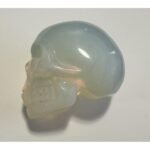
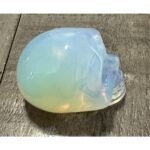
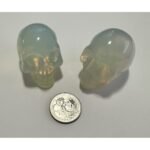
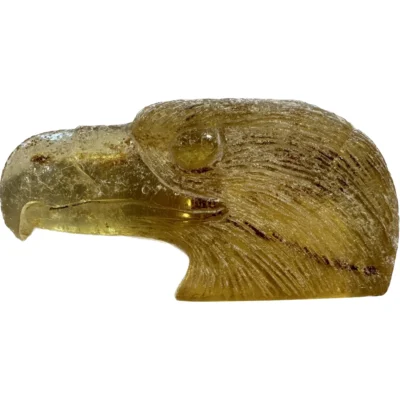
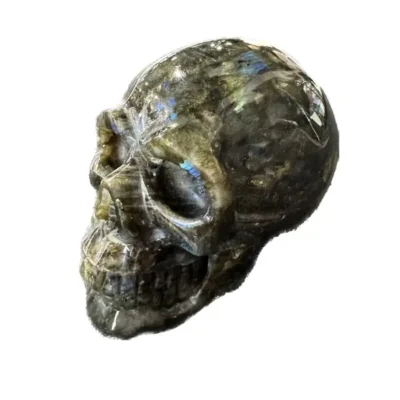
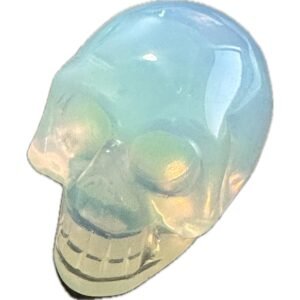
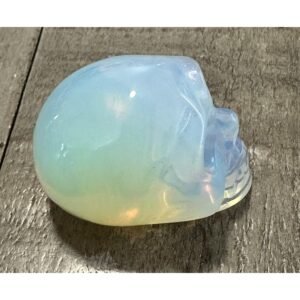
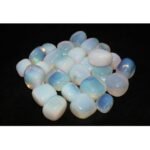
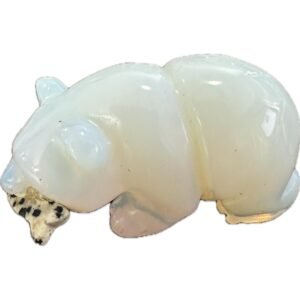
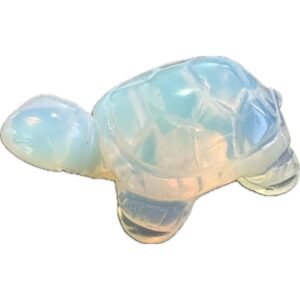
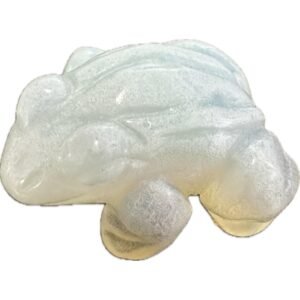

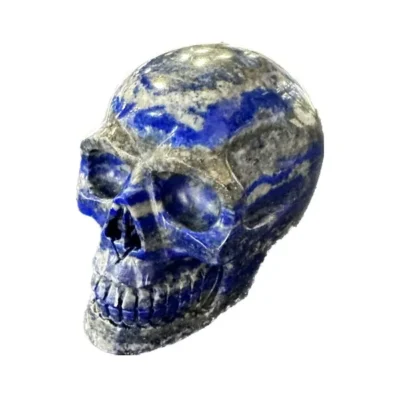

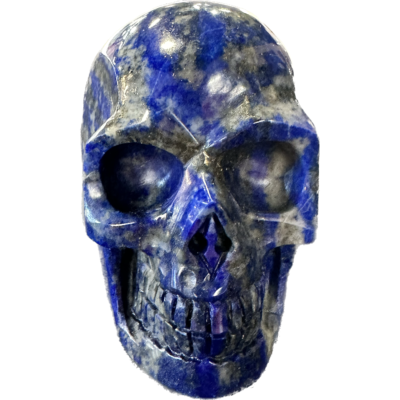
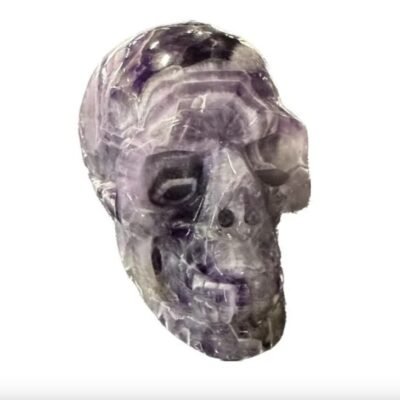
There are no reviews yet.